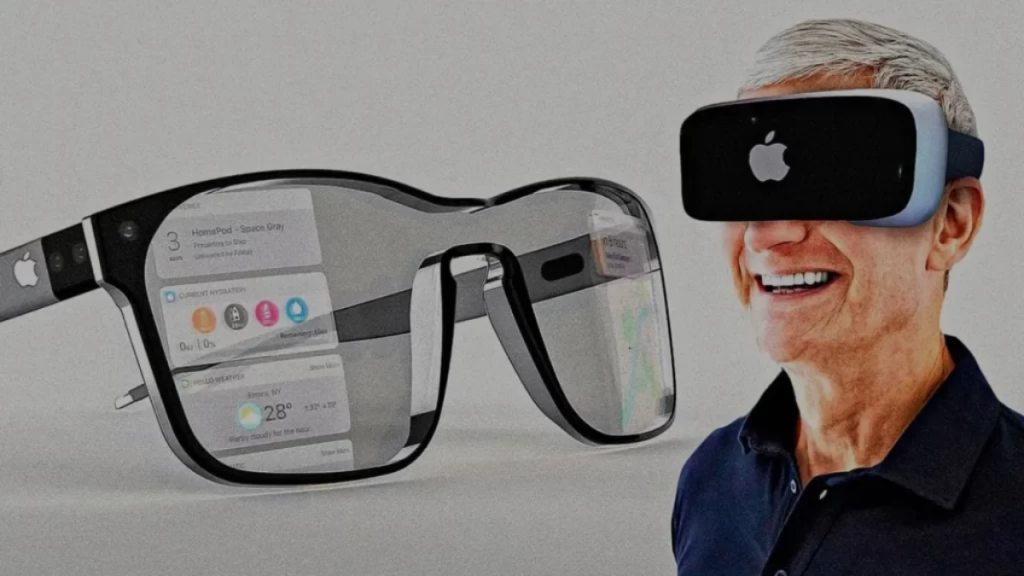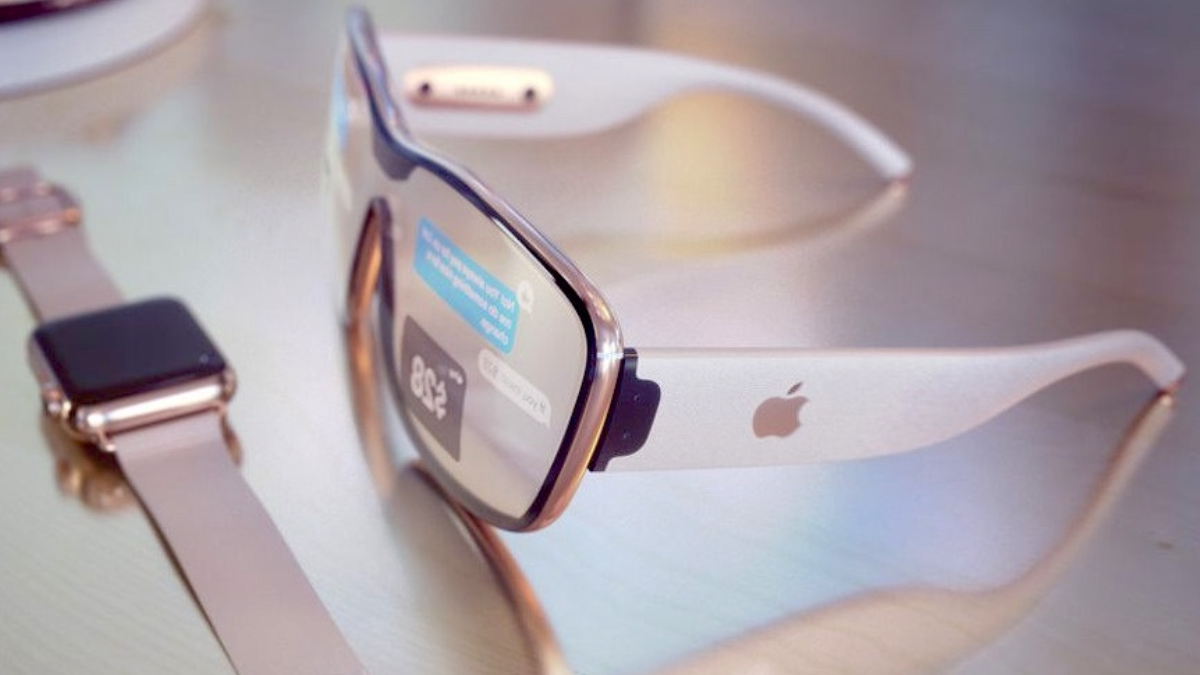Cupertino, California — Tech giant Apple Inc. is reportedly developing not one, but two distinct types of smart glasses, further intensifying its push into the wearable augmented reality (AR) space and hinting at a multi-tiered strategy for future immersive technologies.
According to industry insiders and multiple leaks reported by credible analysts, Apple’s secretive development teams are working on two separate smart eyewear projects: a lightweight pair of everyday AR glasses and a more robust, mixed-reality headset, which some sources believe could serve as a successor or complement to the recently launched Apple Vision Pro.
Though Apple has not confirmed these rumors, the reports align with previous statements from Apple CEO Tim Cook, who has repeatedly expressed interest in augmented reality as “the next big thing” in personal technology.
A Two-Tiered Approach to Wearable AR
Analysts suggest that Apple’s two-tiered development effort includes:
- Apple AR Glasses (Lightweight Wearable):
Designed to resemble conventional eyeglasses, these are believed to be lightweight, transparent AR wearables intended for daily use. They would overlay digital content—like directions, notifications, or messages—on the real-world environment, similar to the concept of Google Glass, but with Apple’s signature hardware and software integration. - Mixed-Reality Headset (Enhanced Experience):
The second device is rumored to be a more powerful, headset-like product capable of supporting full mixed-reality experiences. This would combine both augmented and virtual reality capabilities and build upon the existing Vision Pro, Apple’s $3,499 premium spatial computing headset.
This dual-pronged strategy would allow Apple to serve both professional use cases (design, simulation, productivity) and mainstream consumer markets (navigation, fitness, entertainment), similar to how the company distinguishes between iPhone SE and iPhone Pro models.
“Apple appears to be hedging its bets in the spatial computing space by designing both immersive and subtle wearables,” said Ben Wood, Chief Analyst at CCS Insight. “It’s a smart move, given the current state of AR hardware and consumer adoption.”
Patents and Leaks Add Credence
While Apple has yet to officially announce either product, a trail of patents, job postings, and leaks suggest that work is well underway.
In 2023 and 2024, Apple filed numerous patents related to eye tracking, waveguide displays, low-power processors, and AR user interfaces—all technologies crucial to smart glasses development.
Notably, Apple also acquired multiple AR-focused startups in recent years, including Akonia Holographics, Vrvana, and Metaio, bolstering its in-house expertise in optics, spatial audio, and real-time rendering.
In addition, prominent Apple analyst Ming-Chi Kuo has repeatedly reported that a lightweight AR glasses product could arrive as early as 2026, following enhancements to the Vision Pro ecosystem.
“Apple’s long-term goal is to replace the iPhone with AR glasses,” Kuo said in a research note. “They are developing both a high-end and lightweight version, with different levels of processing power and capabilities.”

Strategic Timing and Market Trends
The timing of these developments may be critical. As competitors like Meta (with Quest 3 and Ray-Ban Stories), Snap (Spectacles), and Google (with its ARCore platform) continue investing in AR and XR (extended reality), Apple is seeking to cement its place as the industry leader in spatial computing.
According to a report from IDC, global shipments of AR/VR headsets grew 44.6% in 2024, with that trend expected to continue as devices become more compact and affordable. Apple’s entry into this growing market with tiered hardware offerings could give it a commanding lead, especially with its massive base of loyal users.
Additionally, Apple’s ecosystem—including iOS, watchOS, and visionOS—could allow seamless integration across devices, offering users a cohesive AR experience across iPhones, Macs, Watches, and now wearable glasses.
Challenges Ahead
Despite the excitement, challenges remain. Technical limitations in battery life, display quality, and weight have historically delayed AR eyewear projects across the industry. Privacy concerns are also front and center, as cameras and facial tracking sensors raise questions about surveillance and data protection.
Moreover, the high price of devices like the Apple Vision Pro has drawn criticism for making spatial computing technology inaccessible to average consumers.
“If Apple can deliver sleek, functional smart glasses at a competitive price, they could change the entire wearables market,” said Gene Munster, managing partner at Loup Ventures. “But they’ll need to overcome both technical and social hurdles.”
What’s Next for Apple?
With WWDC 2025 scheduled for June, some speculate that Apple may offer updates—or at least teasers—about its progress in AR and wearable tech.
While a full product unveiling is unlikely, insiders believe Apple may expand on visionOS, its mixed-reality operating system, or introduce developer tools aimed at AR glasses integration.
For now, consumers and developers alike are left to wait—and speculate—on what could be Apple’s most ambitious hardware launch since the iPhone.
Conclusion
Apple’s rumored development of two distinct smart glasses represents a strategic bet on the future of immersive technology.
By potentially offering both lightweight AR eyewear and high-end mixed-reality headsets, the company seems poised to dominate the next frontier of computing—if it can solve the hardware and adoption challenges that have plagued the AR industry for years.
While official details remain under wraps, signs point to a major transformation in how users interact with the digital and physical worlds—and Apple aims to be at the center of it.
🔗 For more information on U.S. patents related to wearable technology, visit the United States Patent and Trademark Office (USPTO): https://www.uspto.gov
Disclaimer – Our team has carefully fact-checked this article to make sure it’s accurate and free from any misinformation. We’re dedicated to keeping our content honest and reliable for our readers.
